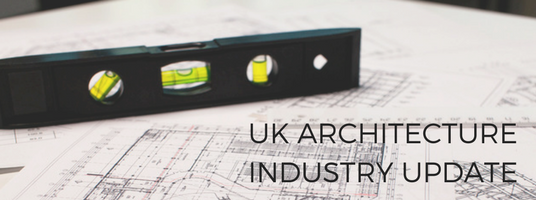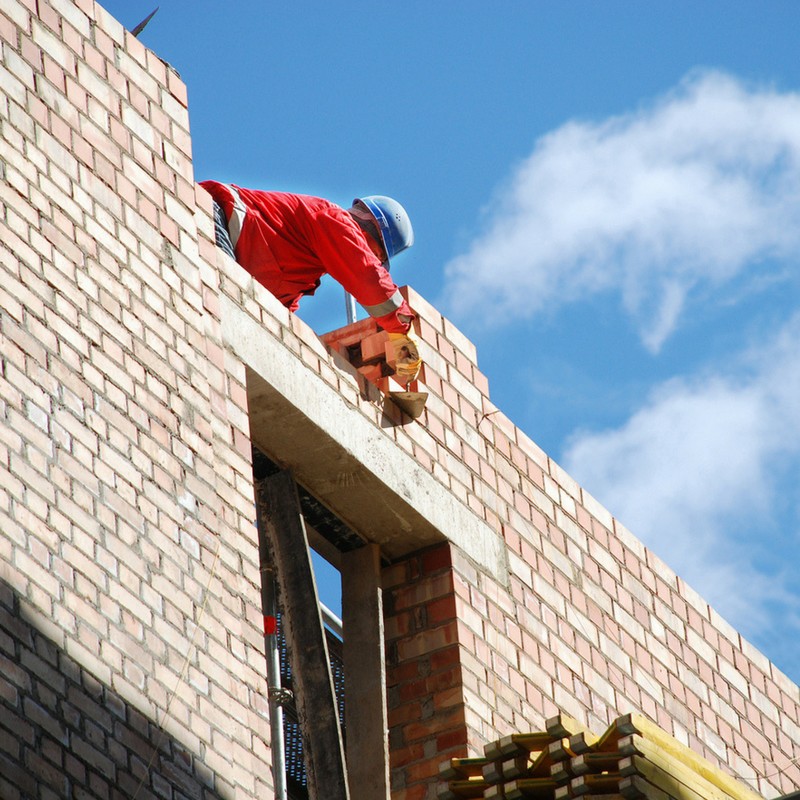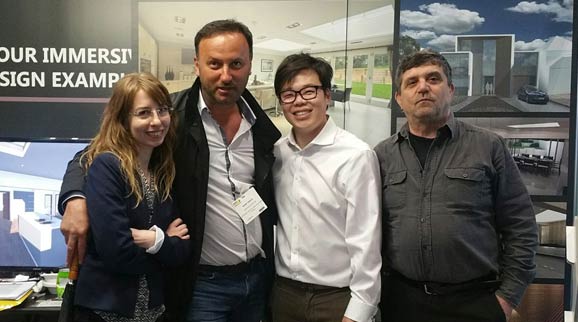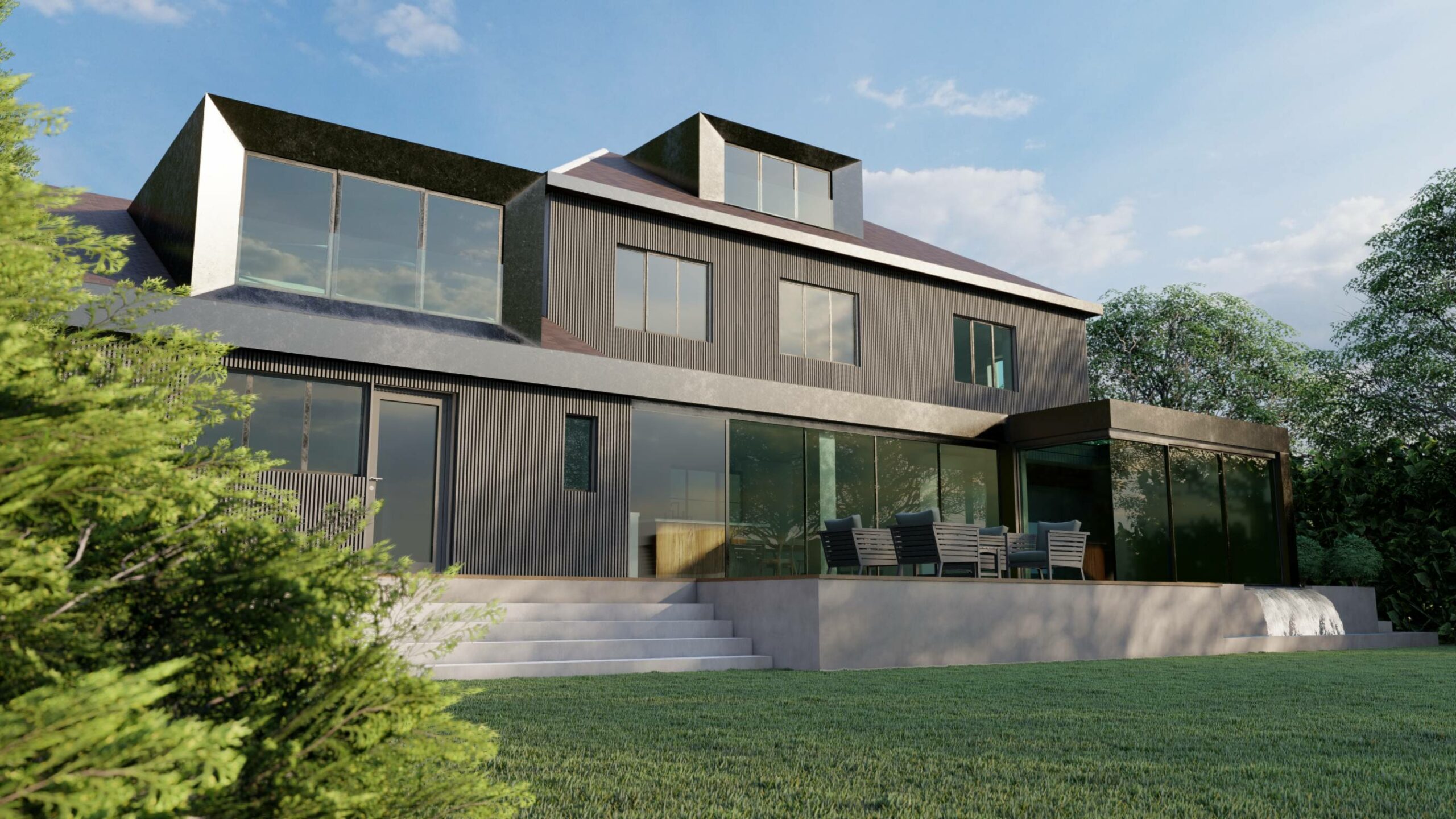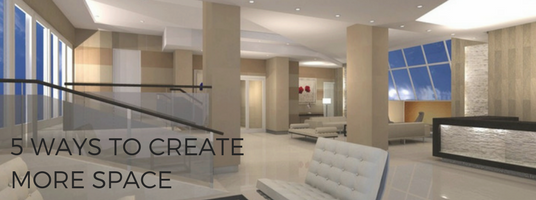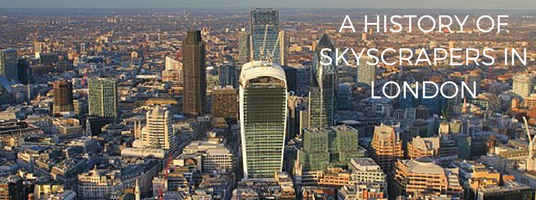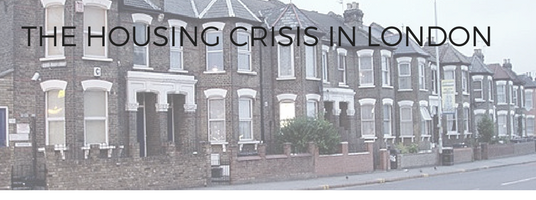Political uncertainty in the country and the architecture industry
After assurances that there would not be an election until 2020, it certainly came as a shock to many when Theresa May announced that the election would be taking place in June. At the time, it appeared that the Conservatives were guaranteed a landslide majority, giving Mrs May a strong mandate to take the UK into Brexit negotiations. However, as polling day crept ever closer, the polls suggested Labour’s popularity was increasing at a staggering rate and it soon became apparent that Jeremy Corbyn was closing the gap.
The snap General Election resulted in a hung Parliament, and so it appears the period of uncertainty is set to continue with the Conservatives looking to form a minority government with the Democratic Unionist Party (DUP). With negotiations still underway it is currently not clear how this union is going to affect UK politics and industries, such as Architecture and housing. What’s more, the Housing Minister and MP for Croydon, Gavin Barwell lost his seat to Labour candidate Sarah Jones meaning more uncertainty for the housing industry.

What the election manifestos may mean for the architecture and housing sectors
The Conservatives made several statements in the manifesto which indirectly support the architecture industry; committing to building 1.5 million homes by 2022 being the most obvious, plus tax breaks for start-ups in the creative industries and enshrining Intellectual Property right once Britain have left the EU. There are some concerns in the sector that a reduction on immigration will leave to a skills shortage in both architecture and the house-building sectors, the impact of which remains to be seen. With no mention of planning permission or building regulations it could be assumed these are to remain the same.
The commitment to build 1.5 million more homes will no doubt see a flurry of planning applications and construction underway in the London area, particularly in boroughs such a Spelthorne, Lewisham, Greenwich, and Harrow.
In comparison, the Democratic Unionist Party have no mention of architecture regulations, house building or any other section of the architecture or construction industry. Their manifesto mainly focuses on Brexit and what they think should be accomplished with it. However, they are against a hard Brexit which may soften the UK’s exit from the EU and possibly curb the worry that there will be a skills shortage in the design and construction sectors; there is also a concern that due to political reasons and the possibility that large numbers of the construction industry might leave the UK that projects and builds will be delayed and costs will skyrocket beyond what is sustainable.
A poll conducted by The Architect’s Journal concluded that 64% of the architects surveyed intended to vote for Labour, with the Lib Dems in second place at 28%. With so many Architects supporting Labour (in that poll at least) it is worth seeing what Labour would have done differently for the sector. Labour pledged to also build over 1 million houses, with many of them social and affordable. They promised to protect migrant workers and increase spending in educating young people in creative industries. Furthermore they were the only party to specifically mention architecture and design in their manifesto and pledged to protect the industry in Brexit negotiations by including the Secretary of State for Culture, Media and Sport on the Brexit cabinet committee.
The near future
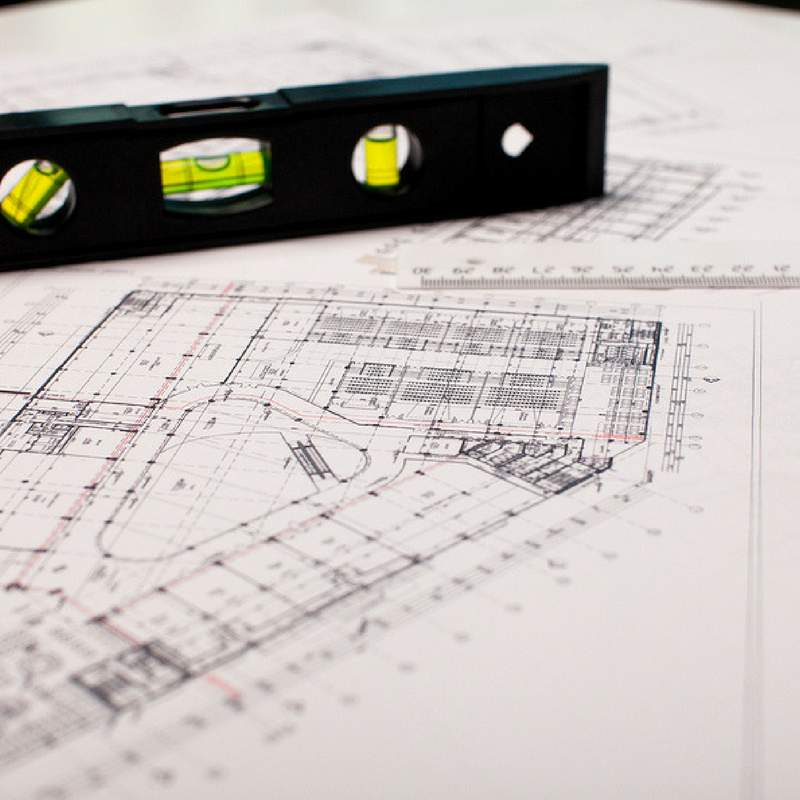
In the short term, we may see an upturn in investor confidence in the sector, however the outcome of Brexit and the uncertainty surrounding it will eventually catch up with the design and construction industries. When the Government has finally gotten its house in order it must commit to supporting the designing and building of homes and infrastructure. However as the devastating fire at Grenfell Tower in North Kensington this week has shown us, providing high-quality, safe housing for the people of London and the UK is of utmost importance to avoid another such tragedy from happening.
The industry doesn’t stop because of the hung Parliament, we must all look to the future. Going forwards it’s important that businesses work together to create a strong and innovative industry, open to collaboration and with a focus on finding and training new talent.
Get in Touch
Do you want to start the process to transform your living space and create something new for your home? Talk to us and let us help you design the perfect extension for your home. We’re ready to listen to you.
Email us at info@extensionarchitecture.co.uk or phone 0203 409 4215. On our website, you’ll also find a Request A Free Quote form, which you can send to us and we’ll get back to you right away.
